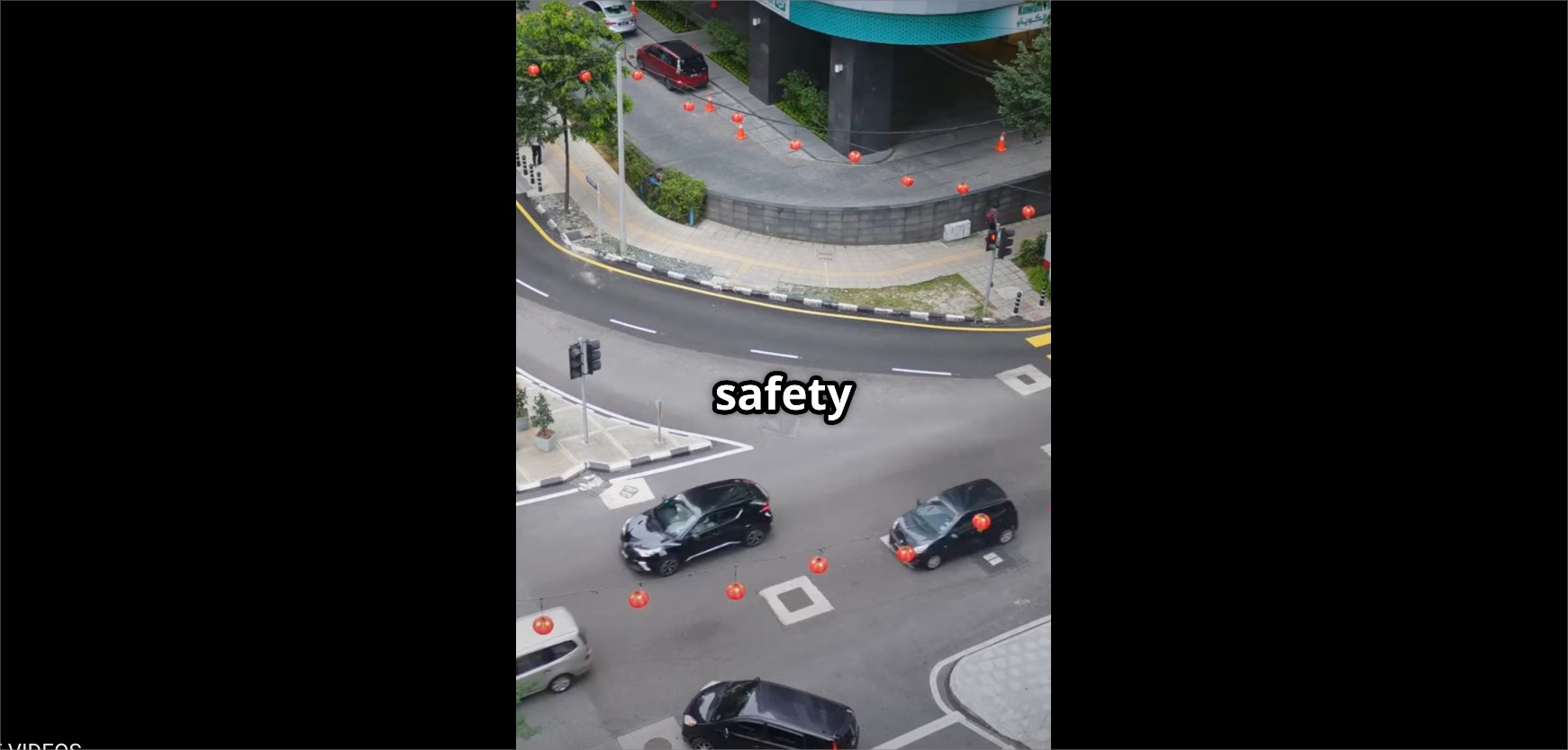India, with its rich cultural diversity and a vast populace, holds an intriguing facet that needs urgent reformation – the driving behaviour of its citizens. The chaotic traffic scenes witnessed on Indian roads is a testament to the fact that improved driving etiquette can significantly contribute to safer and more orderly roads. This article proposes a multi-faceted approach for driving this transformation, considering it as a social reform of vital importance.
Understanding the Status Quo:
Firstly, we must acknowledge the current state of affairs. Indian roads are teeming with a mix of vehicles ranging from bikes to cars, trucks, and even animal-drawn carts. Moreover, there is a considerable variation in driver’s ages, educational backgrounds, and understanding of traffic rules. This diversity, while reflecting our vibrant culture, often leads to violations of traffic norms, creating safety hazards.
Creating Awareness:
Awareness and education form the backbone of any reform. The citizens need to be made cognizant of the traffic rules and the implications of their violations. Incorporating traffic education in school curriculums, conducting community awareness drives, and leveraging media platforms for propagating the message are steps towards achieving this objective.
Enhancing Licensing Process:
We must overhaul the driving licensing system, making it more stringent and comprehensive. Instead of merely testing a person’s ability to operate a vehicle, the process should assess their understanding of traffic rules, road signage, and emergency protocols. Incorporating theoretical and practical exams, and making periodic refresher courses mandatory, will ensure only informed and responsible individuals handle the wheel.
Strict Enforcement of Traffic Rules:
Merely educating the citizens won’t suffice; we must establish a strict enforcement mechanism. Increasing penalties for violations, introducing demerit points system, and leveraging technology like surveillance cameras and speed detection devices can deter potential violators.
Improving Infrastructure:
Infrastructure development plays a crucial role in ensuring road safety. Well-structured roads, clear signage, and efficient traffic management systems can significantly influence driving behaviour. Therefore, the authorities must ensure adequate investment and planning in this regard.
Promoting Public Transport:
Public transport alleviates road congestion, which indirectly improves driving behaviour. Enhancing the reach and quality of public transport can encourage citizens to prefer it over private vehicles, thereby reducing the chaos on the roads.
Improving driving behaviour is not an overnight process; it requires a consistent and collective effort from the government, authorities, and most importantly, the citizens. It is high time we considered safe and disciplined driving not just as an individual responsibility but as a collective societal commitment. The journey might be long, but with perseverance and dedication, we can transform Indian roads into safer avenues, bringing about a truly life-saving reform.
Image by Shiva Reddy from Pixabay
Hey there! 😊 We run a small YouTube channel for Roads & Rails, and we'd love your support! Now the channel features daily Rail fanning videos.. Please Hit that subscribe button to help us stay inspired and create even more exciting content. Got questions, feedback, or ideas for collaboration? We’d love to hear from you! Drop us a message at mail@roadsandrails.org. Thanks for being part of our journey!













